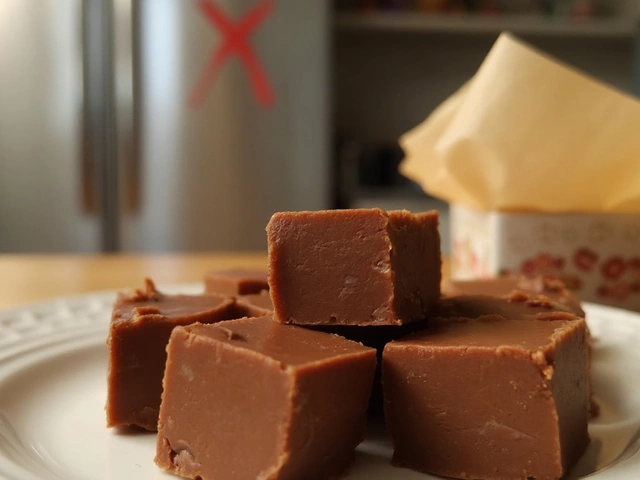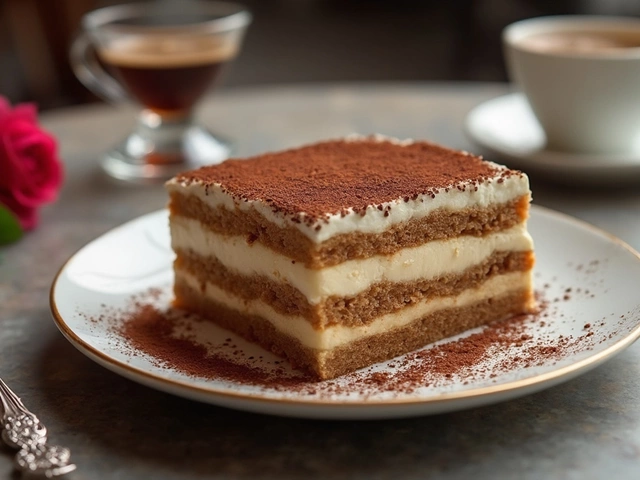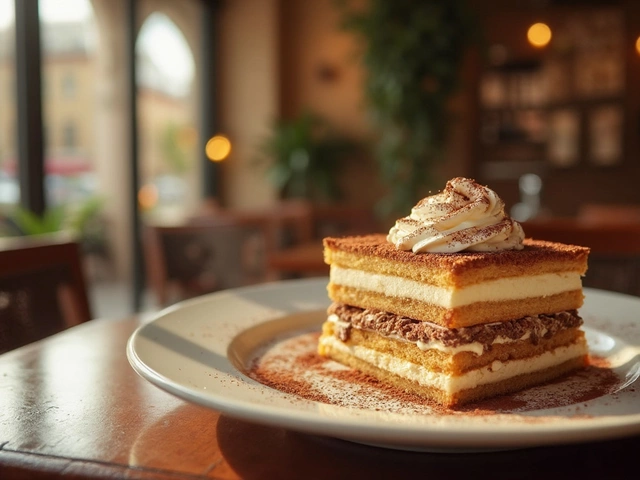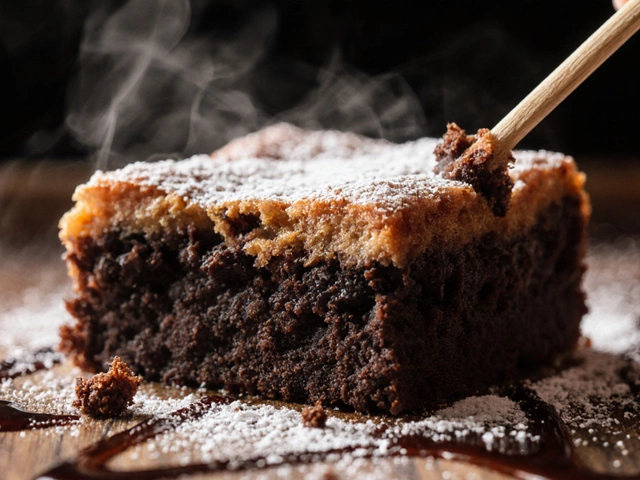Gluten Sensitivity: Easy Tips, Handy Recipes, and Real‑World Advice
If you’re dealing with gluten sensitivity, the kitchen can feel like a minefield. But it doesn’t have to be. Below you’ll find straight‑forward guidance that lets you enjoy sweet treats without the worry.
What is Gluten Sensitivity?
Gluten sensitivity means your body reacts to the protein gluten, found in wheat, barley, and rye. Unlike celiac disease, the reaction isn’t an autoimmune attack, but you can still get stomach pain, bloating, or fatigue after eating foods that contain gluten.
The key is learning which ingredients hide gluten and how to swap them out. Many processed foods use malt, wheat starch, or even “natural flavors” that contain trace gluten. Reading labels is the first defense.
Practical Baking Hacks from Our Recipes
Our tag page gathers articles that tackle common gluten‑related problems. For example, the post “Gluten‑Free Cakes Sink: Why It Happens & How to Prevent It” explains how to keep gluten‑free cakes from collapsing by using the right leavening balance and moisture levels.
Another handy read is “Why Are Gluten‑Free Cakes So Dense? Common Problems and Helpful Solutions.” It shows you how to add structure with ingredients like xanthan gum, psyllium husk, or a blend of rice flour and tapioca starch.
When you bake fudge, you don’t have to worry about gluten at all, but the guide “Fudge Temperature Guide: The Exact Soft‑Ball Stage and How to Hit It Every Time” gives you a reliable method to get that perfect creamy texture every time.
Here are three quick tips you can start using today:
- Swap wheat flour for a blend. A 1:1 mix of rice flour, potato starch, and tapioca works well for most cakes and cookies.
- Boost fluffiness. Add 1 teaspoon of baking powder for every cup of gluten‑free flour, and consider a small amount of vinegar or lemon juice to react with the powder.
- Mind the moisture. Gluten‑free batters often need a bit more liquid. Milk, almond milk, or even a splash of orange juice can keep the crumb soft.
Beyond baking, our “Gluten‑Free Grains List: Which Grains Are Safe For A Gluten‑Free Diet?” article breaks down safe options like quinoa, millet, and sorghum. Knowing these grains helps you expand breakfast, lunch, and dinner menus without feeling limited.
Finally, always have a backup plan. If a recipe calls for a hidden gluten ingredient, replace it with a certified gluten‑free version. Most grocery stores now label beans, oats, and even sauces as gluten‑free, saving you from accidental exposure.
With these tools, you can enjoy desserts, breads, and everyday meals without the dread of a reaction. Keep exploring the articles under the “gluten sensitivity” tag, test the tips, and soon you’ll be serving up treats that everyone can dig into—gluten‑free or not.

Identifying Gluten Face: Signs and Gluten-Free Tips
Gluten face refers to the visible signs on the skin that manifest in individuals sensitive to gluten. These signs often include puffiness, redness, and blemishes, influenced by gluten consumption. Understanding the correlation between gluten intake and skin health can lead to improved skincare practices. This article explores how dietary changes can alleviate symptoms and offers practical gluten-free recipe suggestions.
View More




